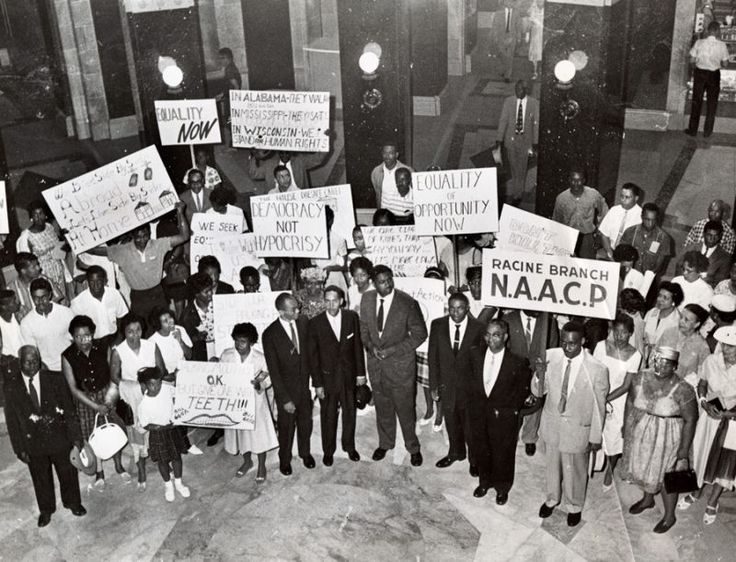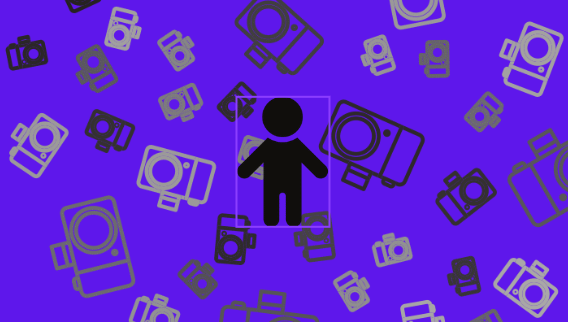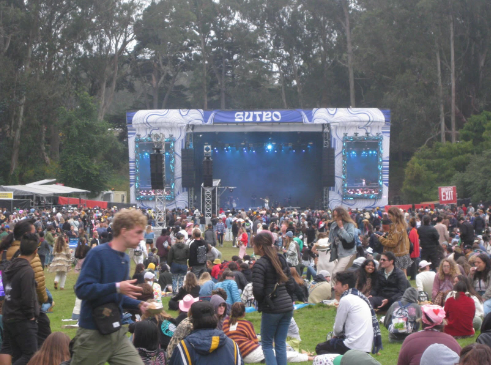The purpose of the Civil Rights Movement in the 1960’s was to eliminate racial discrimination and to officially institutionalize equal rights under federal law for all Americans. Aside from the impact in the legal and federal official documents, the Civil Rights Movement has only led to a modified form of racial discrimination that fits the societal and technological advances in our society.
The Civil Rights Movement did not do enough to further advance the elimination of segregation against black people. Progress has stalled since 1968, when the movement came to an end.
A CBS News survey from 2014 revealed that only 16 percent of white people and 38 percent of black people think there is real progress in getting rid of racial discrimination. 41 percent of the black population agrees there is a lot of discrimination against African Americans today, versus 14 percent of the white population who say the same thing.
African-American Woodside junior Breanna Broussard said, “I don’t believe that the Civil Rights Movement solved the racial discrimination or segregation [problem]. Yes, the Civil Rights Movement improved certain things in society like laws and demonstrated that the people [need to] be heard and that things need to change… [but] there is still institutional discrimination, oppression and mistreatment of groups of people. Even society ‘okay’s’ certain things that should not be [okay] and over look certain things that should not be overlooked.”
According to the Brookings Institute, in 1962, former Associate Supreme Court Justice Thurgood Marshall stated, “I wish I could say that racism and prejudice were only distant memories, but as I look around I see that even educated whites and African American…have lost hope in equality.”
Modern society has painted racial issues into a pretty picture to make everyone feel better. The legal resolutions made it seem as if all of the racial discrimination issues disappeared, which was not the case.
Statistics display similarities between our current racial divide and life before the Civil Rights Movement. For example, in 2014, USA Today reported that nearly six out of ten black people still live in a segregated neighborhood. However, these facts are not the only remains from the 1950s. On the surface, racial discrimination doesn’t exist anymore, but what the people in the 1960’s verbally said, is what we subconsciously think now.
Broussard reported, “…In the end [of the movement], there were many who still believed in the stereotypes and other things [that] were put into place to discriminate and segregate groups of people in other ways. Also, new ways to discriminate came to light, like social media [became] a way to discriminate as well.”
Over the past few years, one example of discrimination that came to view is police brutality. Across the country, police subdue suspects of color much more often than white suspects . A study published by the New York Times shows that police tend to use more force on black people. The study showed that the “use-of-force rate”of African Americans was 3.6 times higher than the rate for white people, and 2.5 times higher than the general rate for everyone.
The Civil Rights Movement was successful in fighting racial discrimination during that time period. However, the progress visibly declined over the past few years because society thinks the problems are solved, and our work is done.
Broussard suggests a solution: “I think we still have many many ways to go. We need to fix the stereotypes that are put in place that can cause internalized oppression in groups of people. We need to change the way we think about education. Being educated and being able to speak properly does not make you white washed. Our society needs a huge paradigm shift.”






